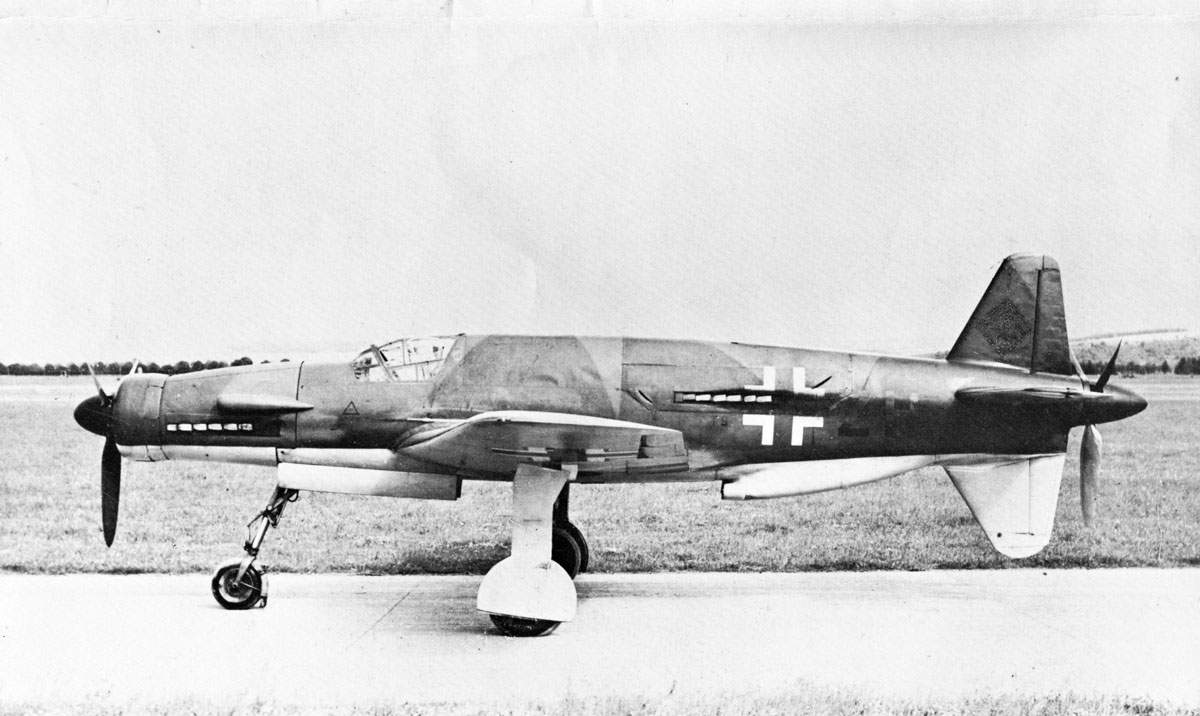At work.
Unable to post links.
First, I'm pretty sure most of the "Jet engines expensive/hot" talk is wrong.
The Germans had at an early stage gone for 'Through flow' turbine development unlike Whittle's more twisted 'Axial flow' ideas. The Germans had, at an earlier stage, begun developing hollow/folded turbine blades both as a way to increase production as well as allow for cooling.
The fact that late war disruption to road/rail infrastructure..... not to mention rolling stock and vehicles are as much to blame for engines not getting to machines as much as production.
Will try to find links when I can about such.
As for possible 'Alternates'? Build both the Lippitch motorized version of the 163 air frame (Me 334?) Along side the Bv P 208.03
One machine of wood the other sheet metal, both using 'older' series production engines while providing performance as good as or better than 109. Giving more air frames for more pilots for more flight time for more air cover for more experience.
You also have the Argus engined Skoda Kauba V4 for pilot training/possible light ground attack?
I also believe Dornier had been working on the principles that would gel into the 335 for quite a while and, again, it was the lack of enthusiasm from the Higher ups which stagnated development and saw history develop as it did. Will try and find the details of the extension shaft flying experimental vehicle Dornier built early on to demonstrate point.
As for jets? Don't let Willy near them! Look to Fw and such for their ideas.
The Ta 153(?) seemed to have great potential as well as simplicity, ruggedness etc. Just give them more time to work out the instability problems (Took Kurt into the 50's in Argentina I seem to remember. Though admittedly with far less budget, skilled techs and impetuous. )
As for 'Alternate-alternate'? Can't go past Lippisch P13a. Coal powered ramjet engined Mach 2 interceptor!

